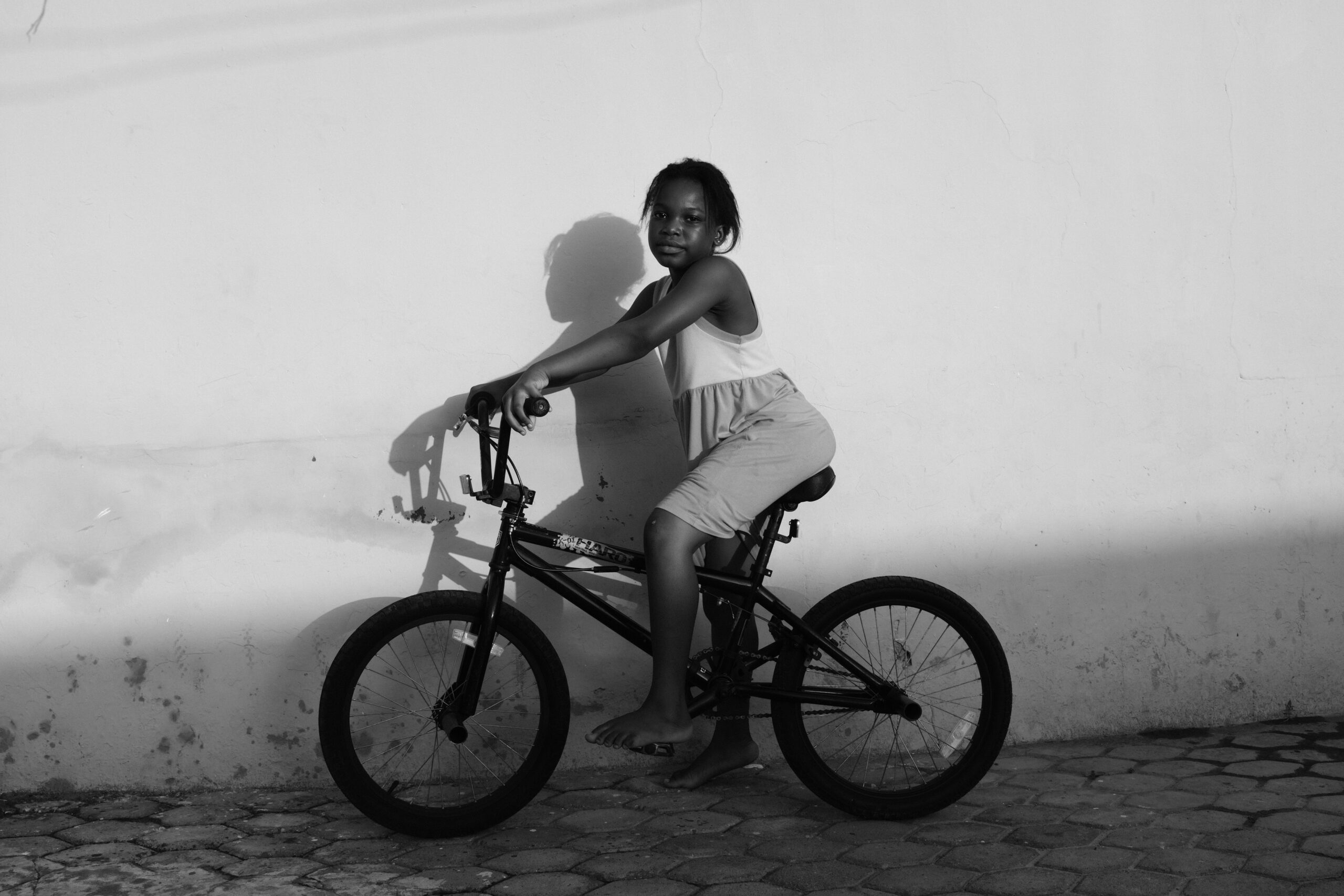Random Photo Journal started a Journal Project focused on African Unification through collective memories… For the series, we spoke to Richard Eshun, a Ghanaian Photojournalist about his everyday documentations of the living conditions around him.
Please start off with an introduction about yourself?
“Thanks for having me. I am Richard Eshun. I am also known as Nanaresh, it is a combination of my Fante and Christian name. NANA Nyan and Richard ESHun. I was born and bred in Winneba, a coastal town in Ghana. My parents lectured at the University of Education, Winneba and as such, I grew up with other families and kids close by at the bungalows. This helped me gain an interest in a lot of things. I grew up being quite a carefree spirited kid who loved exploring, being curious and very observant. I developed an interest in the arts quickly from drawing and painting from the many science books around. I read some of these books on biology, spirituality, and physics. I gradually became interested in the intersection of machine, organism, and imagined reality. I studied visual arts, BA Graphic Design at the University and currently, MPhil in Arts and Culture. All of these have influenced my way of thinking, seeing, and telling stories.”
Why did you start making these photos?
“I have always maintained the philosophy that life is transient, change is constant and one way to remember and gain meaning into life is to record your present, visually. As such, I always wear a camera. (laughs). I recorded these images basically to document life happening in these hard times we are in. I wanted to document how life is at the moment, be it people at work, kids at home or street photos. I will say it’s a continuation of life as I have been making these images, but the current ones made during COVID-19 pandemic are meaningful as they are recordings of people and life and how they are living through these times. A history for posterity, I must add.”
Who are your photography inspirations?
“I use my photography to tell stories drawing from my varied interests. Various photographers inspire me and it will be difficult to draw conclusively those who inspire me most. I love what Ibarionex Perello does, Olaf Sztaba, Diane Arbus, Henri Cartier Bresson, Vivian Maier, James Barnor and many people in other areas not related to photography.”
Why is your art and style of documentation necessary?
“I have been trying to create a particular style I can define excellently and even teach to others if possible. This way of documentation is necessary to be able to tell stories that are true and not contrived or faked, and that my vision adds to the beauty of varieties of imagery coming from the African continent. Imagery telling my stories as they are.”
What is the story behind your favourite photo?

“A favourite photo is difficult to pick, but the favourite is the kids with the schoolbags playing and climbing the gates. In this pandemic, schools are closed. There is a difficulty for parents to balance keeping their kids at home while they also work from home. Well, one morning, kids converged on the verandah and had a school session! They acted it out perfectly. The little ones wore the school bags of the elderly as the elderly took the position of teachers. It reminded me of my childhood where 4pm was when all the kids came out with their bikes and toys and we play. I got hurt a lot of times doing risky stuff with the big boys or helping the girls play ‘chef’. I could see myself and the beauty of childhood, carefree and risk-taking when they started climbing the gate and that’s when I made the image. It is my childhood replaying in front of me.”
Are there restrictions you face in Ghana while being a photojournalist?
“Ghanaians are mostly warm and not seriously offended when you make a picture of them but with social media memes and funny videos, people get uncomfortable when you point a camera at them. The major restrictions come when I am holding a DSLR in spaces where I would be signalled to put it away. I have once had my camera seized but I got it back through calm dialogue and explaining my street photography. I, however, will say I haven’t met serious restrictions when I am out and about with my smaller more discrete cameras.”







